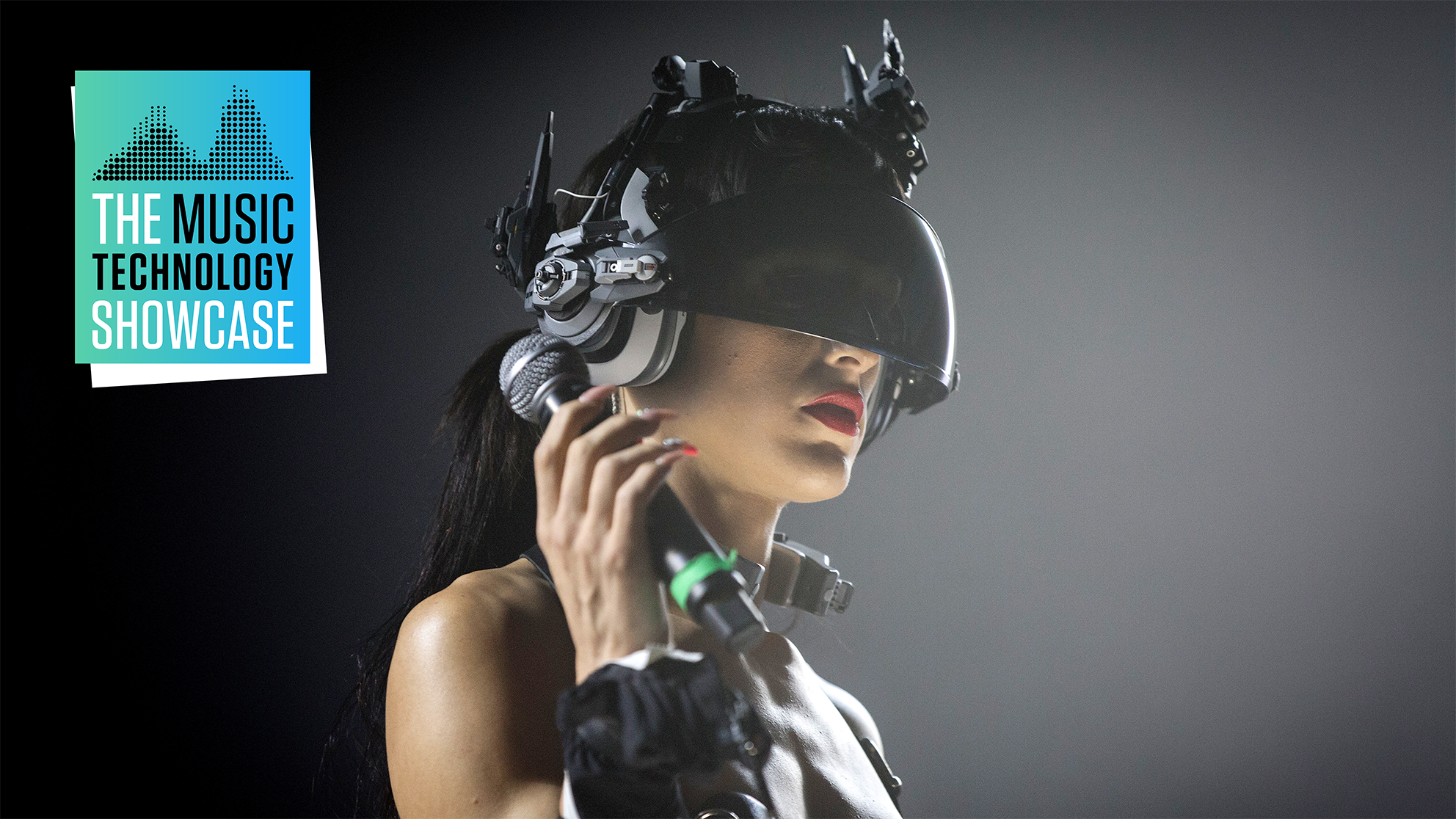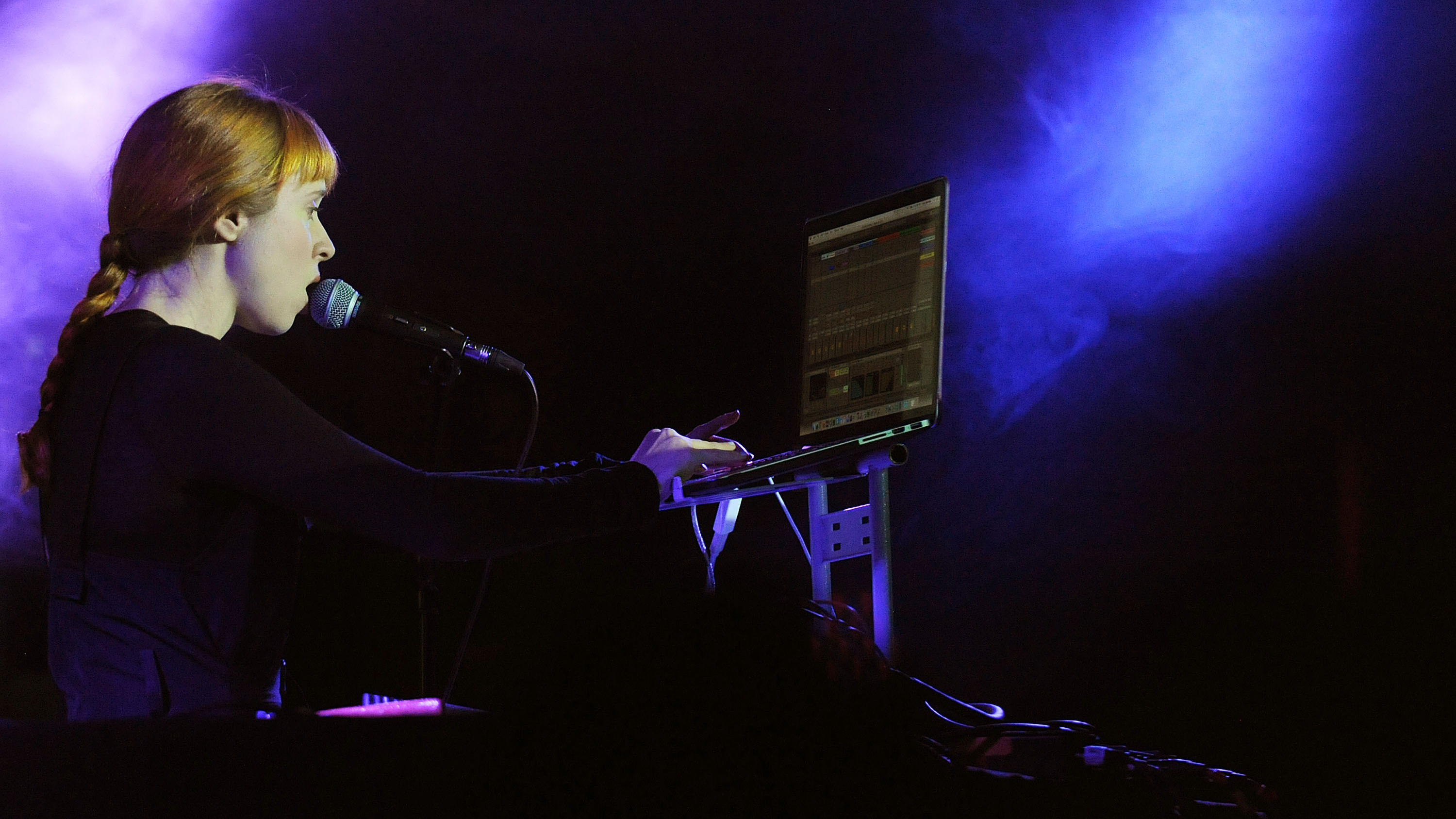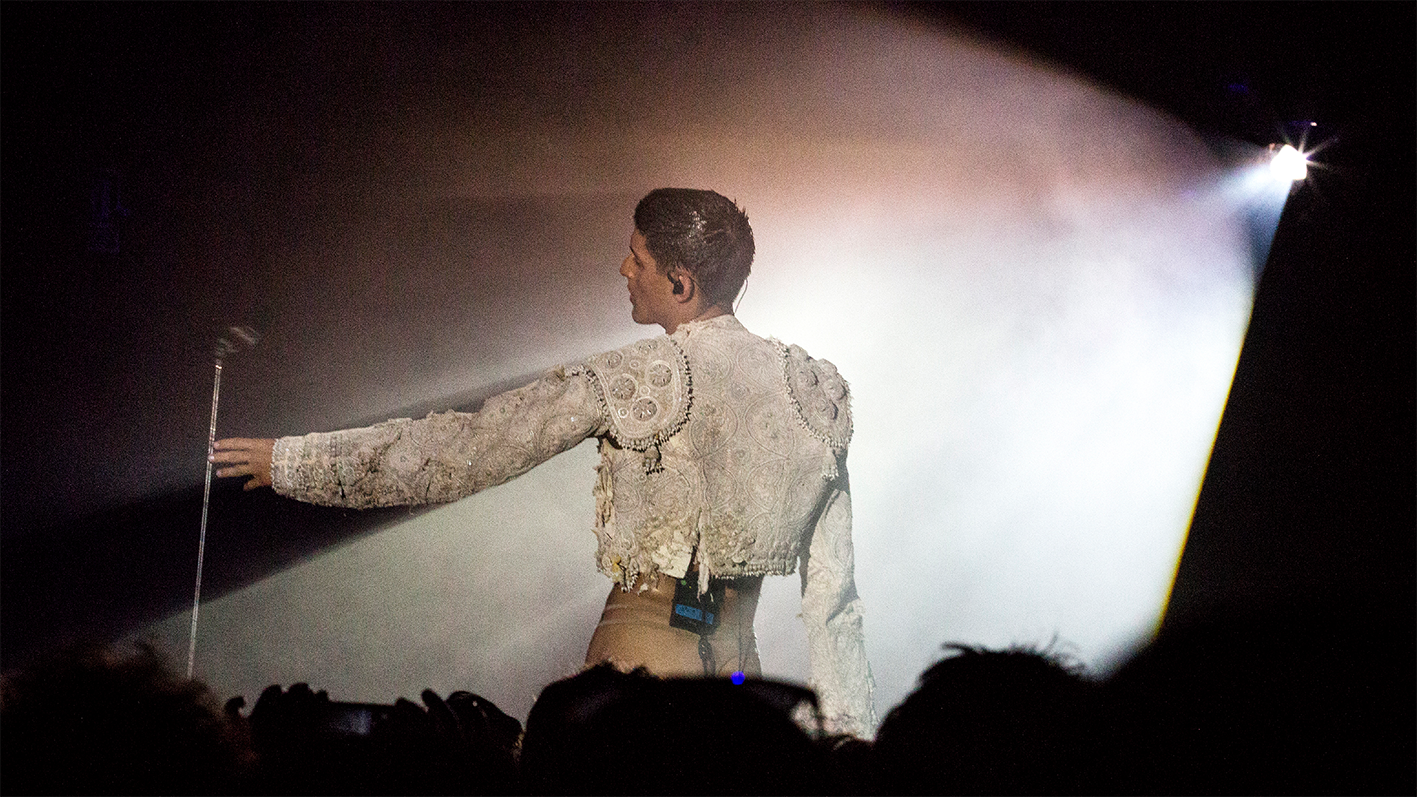7 artists shaping the future of electronic music
We spotlight seven artists pushing electronic music forward in 2021

Music Tech Showcase 2021: Electronic music is everywhere. As the boundaries between genres continue to evaporate, the sounds of electronica and dance music bleed further into mainstream pop, rock and hip-hop, while the limits of electronic music are progressively pushed further by innovative artists that redefine the term with each release.
In a world where almost all recorded music is made with electronic equipment, what exactly is electronic music? Where is it going? And what does it mean to be an electronic artist in 2021? We answer these questions by profiling seven artists recasting the genre in their own image.
1. Holly Herndon

Holly Herndon is one of the most experimental electronic musicians working today. Her boundary-pushing music boldly explores the possibilities of music technology, investigating the potential of AI and machine learning to change the way we make music.
Operating at the intersection of music, technology and academia, she’s a relentlessly forward-looking artist (and Stanford PhD candidate) that develops new tools and processes for each project, using Max/MSP to engineer her own instruments from the ground up.
Take her most recent album, PROTO, which saw Herndon (alongside her partner Mat Dryhurst and AI expert Jules LaPlace) develop an AI personality named Spawn. After being trained by hundreds of vocalists to recognise and reinterpret unfamiliar sounds, Spawn became Herndon’s collaborator, using neural networks to process audio input, and improvising as a member of the composer’s ensemble.
Speaking with MusicRadar last year, Herndon declared that her interests lay in “deeply investigating technology and how it affects the creative process and aesthetics and the wider music community”.
Though her music is occupied with how technology can transform the way we compose and create, she’s not interested in displacing the human element in the music-making process - quite the opposite.
Want all the hottest music and gear news, reviews, deals, features and more, direct to your inbox? Sign up here.
“There’s a pervasive narrative of technology as dehumanizing,” she said in the press release for PROTO. “We stand in contrast to that. It’s not like we want to run away; we’re very much running towards it, but on our terms. [...] I don’t want to live in a world in which humans are automated off stage. I want an A.I. to be raised to appreciate and interact with that beauty.”
2. Arca

Alejandra Ghersi, better known under the stage name Arca, came to the attention of music fans the world over after Kanye West utilised her talents as a collaborator in the production of his most creatively adventurous record to date, the game-changing Yeezus.
Since then, Arca has applied her radically inventive outlook to music from Björk, FKA Twigs, Frank Ocean and Dean Blunt, while releasing a series of game-changing albums of her own.
Arca’s music is unapologetically weird, and all the better for it. Where her earlier tracks wrapped mutant synth tones around deconstructed drum patterns and wall-shaking bass, her recent work exists at the crossroads where the frameworks of experimental electronica and pop music collide.
Vocals are now taking centre stage in her own releases, while her unearthly production has brought a new dimension to music from Sia, Lady Gaga and Ariana Grande. Much like the equally ambitious cadre of artists working in the PC Music collective, she’s dissolving the boundaries between high-brow and low-brow, the avant-garde and chart radio, while exploring notions of gender identity and expression at the same time.
3. Rian Treanor
Working with Max/MSP, Rian Treanor builds bespoke devices - drum machines, sequencers, chord generators, modulators - that, in his words, “explore extended rhythmic techniques and tools to enable spontaneous and impulsive pattern modulation in live performances”.
The abstruse, polyrhythmic electronica that Treanor records with these instruments stands on its own two feet as some of the most stimulating electronic music out there - but that’s not the only reason he deserves a spot on this list.
Treanor’s interested in using the software tools he develops to facilitate access to music-making for those who might not otherwise be able to take part. He runs music-making workshops, showing 10-year-olds in Rotherham and 100-year-olds in Parisian care homes how to sequence and manipulate sounds, and even built a custom instrument to provide his grandmother, who has late-stage Alzheimers, with some music therapy.
His latest creation, the Intersymmetric Sequencer 1, is a browser-based drum machine with a shared interface that facilitates real-time remote collaboration between people anywhere in the world.
4. Oneohtrix Point Never
Daniel Lopatin’s music blurs lines: between the old and the new, the real and the artificial, the experimental and the accessible. In the space of a decade, the artist better known as Oneohtrix Point Never has risen from channelling the spirit of new age and synth nostalgia as part of Brooklyn’s underground noise music scene to collaborating with Rosalia, James Blake and The Weeknd, even acting as the latter’s musical director for the Super Bowl halftime show.
Oneohtrix Point Never is an ambitious musical project. While early records such as Rifts and Returnal were made up of Vangelis-inspired sci-fi synthscapes, Lopatin’s since experimented with sampling ‘80s TV ads on Replica, recontextualising kitsch MIDI patches on R Plus Seven, and sequencing virtual death-metal shredding on Garden of Delete.
His latest, Magic Oneohtrix Point Never, has seen him dip his toe further into the mainstream while retaining the oddball sensibilities that make his work unique. We can’t wait to see what comes next.
5. Second Woman
Producing abstract, mind-bending IDM that tosses convention out the window, Second Woman thread together an assortment of influences into something that somehow sounds like absolutely nothing you’ve ever heard - take the sonic wizardry of Autechre, the glitched-out aesthetic of Oval, the dubwise economy of Basic Channel, and the minimalism of Steve Reich, and run the results through a few arcane Max patches, and you might have an approximation.
Second Woman are Joshua Eustis and Turk Dietrich, perhaps better known for recording as Telefon Tel Aviv and Belong, respectively. Together, they’re breaking out of the 4/4 grid that dominates so much electronic music, using Max for Live to circumvent Ableton’s timing mechanisms so that they can compose completely off-grid, twisting the frenetic rhythms of dub, footwork and dancehall into new and disorderly forms.
Speaking with FACT Magazine in 2017, Dietrich explained: “We both felt that over the past decade we’ve become a slave to song structure, to tempo, to the grid — especially in genres like techno and house where everything is so rigid.
"That’s fine, we love that stuff and there’s beauty in that, but I think we missed some of the things that we used to talk about and do musically. Getting off the grid and working in the DAW without lines, without a grid, and having tempo be malleable, for me leads to a more interesting experience as a listener.”
6. Scratcha DVA

Scratcha DVA has been steadily building a reputation as one of the most progressive producers in UK dance music since his 2008 debut. Whether he’s producing UK funky, grime, dubstep or gqom (or an album trilogy made up entirely of intros, outros and interludes) this dancefloor luminary is constantly innovating, transmuting disparate inspirations into a hybrid sound that’s all his own.
After getting started in music production by piecing together grime instrumentals on PlayStation’s MTV Music Generator, Scratcha became a key figure in the late ‘00s grime scene, producing R&G-slanted beats for Wiley, Chipmunk, Trim and Terror Danjah. His solo work then took a stylistic shift towards UK funky, and he swiftly became a staple of the Hyperdub roster, a UK label and electronic music institution known for reimagining club music with each release.
In recent years, Scratcha has turned his attention to the variants of dance music coming out of South Africa, colouring the rhythms of gqom and amapiano with a techno-futurist sheen. As a tireless champion of dance music that operates outside of paint-by-numbers templates of conventional house and techno, Scratcha DVA is pushing electronic music forward.
7. SOPHIE

It’s fair to say that no electronic artist has had a more significant impact on popular music over the past 10 years than SOPHIE. Though she tragically passed away earlier this year, the resounding effect of her legacy can be seen in the explosive popularity of hyperpop, a genre that her and fellow PC Music artists practically invented, and in the adoption of its maximalist sound by mainstream artists like Charli XCX and Madonna.
Wildly inventive and unforgettably bizarre, SOPHIE’s approach to production was singular. Speaking with Elektron, she declared that “the language of electronic music shouldn't still be referencing obsolete instruments like kick drum or clap. No one's kicking or clapping. They don't have to! It makes more sense in my mind to discard those ideas.”
In place of kicks and claps, SOPHIE sculpted sound like a physical material, synthesising the aesthetics of bubblegum dance-pop and neon-bright trance with vivid conceptronica and experimental sound design. Despite her untimely passing, there’s no doubt that the sound of SOPHIE’s influence will continue to resonate for decades to come.



I'm MusicRadar's Tech Editor, working across everything from product news and gear-focused features to artist interviews and tech tutorials. I love electronic music and I'm perpetually fascinated by the tools we use to make it.